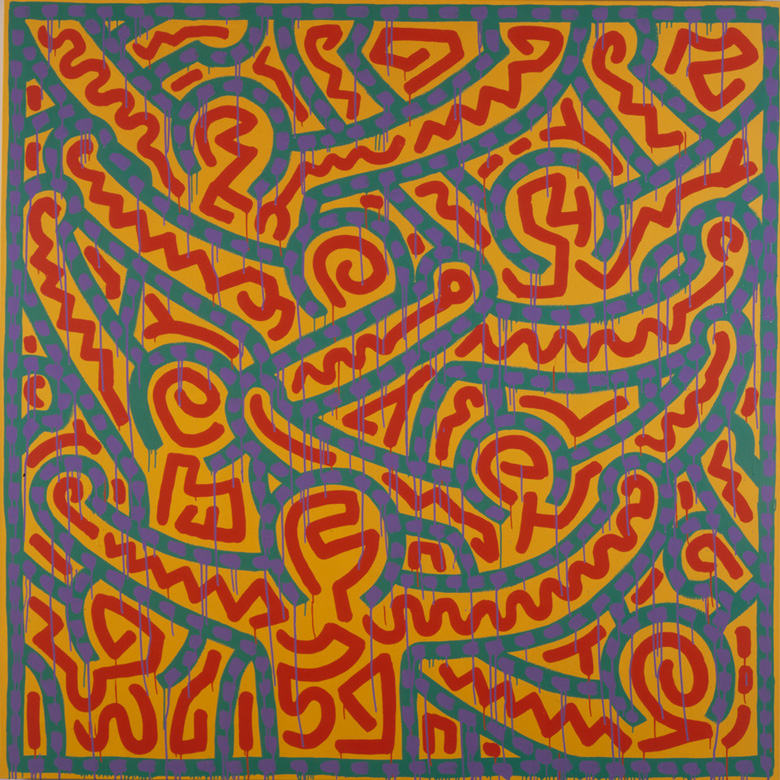Keith Haring – King of graffiti

2018 would have been Keith Haring’s 60th birthday. The American icon of graffiti, died aged 31 of AIDS in New York in 1990. During his last years he offered his imagery to speak about his own illness generating AIDS awareness. Still widely celebrated with all manner of exhibitions and merchandise, Haring enjoyed an early and enduring success.

But the true significance of his symbolic language has scarcely been recognised. In fact, Haring’s drawings, paintings and sculptures embody messages that make a stand against violence of ruling elites, oppression of minorities, prejudice and barbarism. These themes are expressed via a form of art that is easily accessible to a wide audience, taking inspiration from graffiti, comics and street art, with the artist’s simply drawn signature figures.

During a brief but intense career that spanned the 1980s, Haring’s work was featured in over 100 exhibitions. In 1986 alone, he was the subject of more than 40 newspaper and magazine articles. He was highly demanded to participate in collaborative projects. He worked with artists and performers like Andy Warhol, Yoko Ono, Madonna, Grace Jones, Bill Jones, William Burroughs, Timothy Leary… He was a close friend of Jean-Michel Basquiat.

He expressed universal concepts of birth, death, love, sex and war, using a primacy of line and directness of message. Haring was able to attract a wide audience and assure the accessibility and staying power of his imagery. It has become a universally recognised visual language of our times.

Only in 2018 he has eight museum exhibitions. Three individual: Albertina Museum (Vienna), Chicago Cultural Center and Kobuchizawa Museum (Japan). Plus five group shows: New York MOMA-Museum of Modern Art, Whitney Museum of American Art (NYC), Museum of the City of New York, Broad Museum (Los Angeles) and Wereld Museum (Rotterdam).

